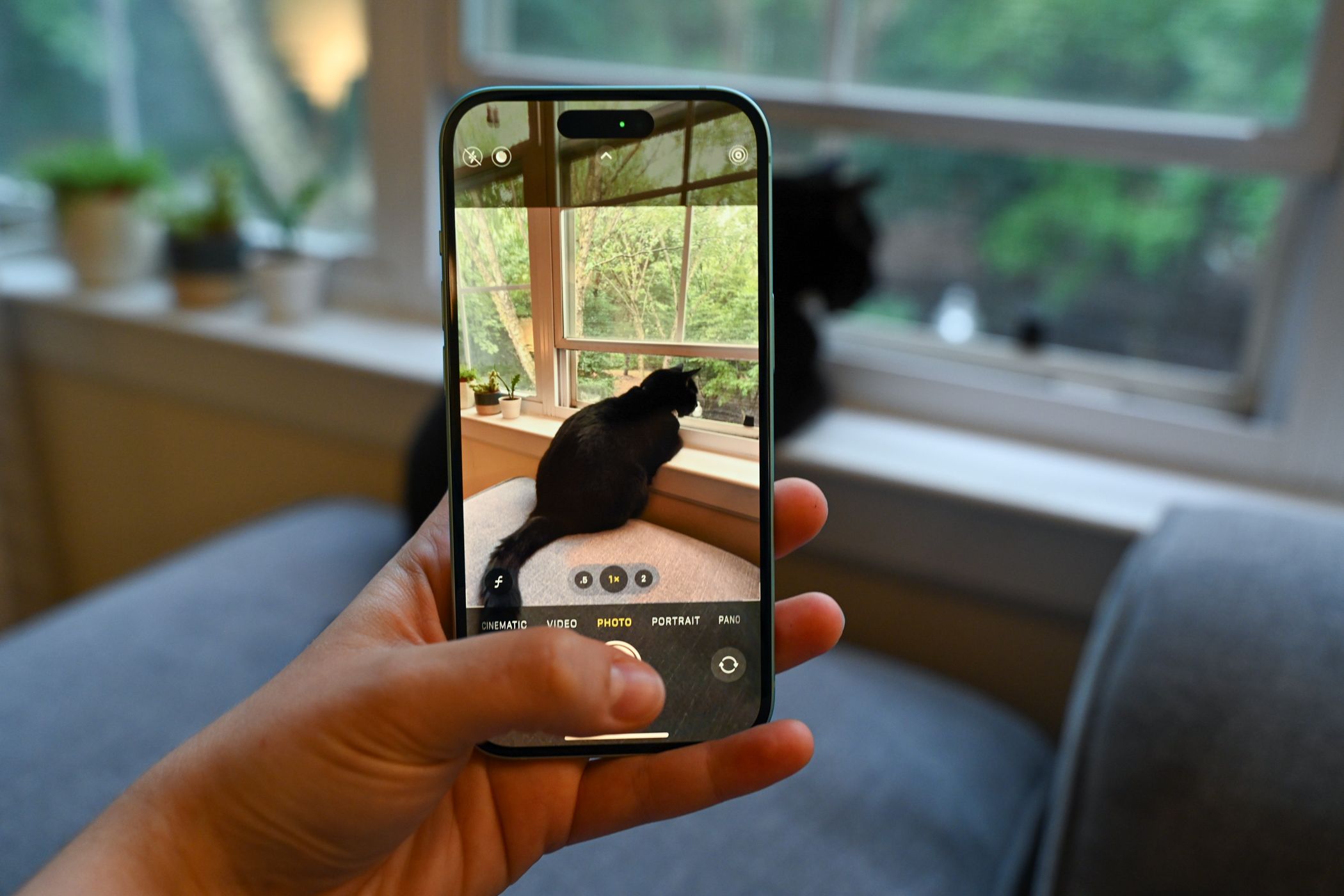Tech News
AI Photo Editing Is Everywhere Now, but Should You Use It?
Key Takeaways
AI photo editing is becoming a standard feature on almost every new smartphone. From Samsung’s Galaxy S24 to Google’s Pixel 9, these new phones let you bend reality with just a few taps. But with great power comes great responsibility, so how can you use these tools without overdoing it?
AI Photo Editing Makes It Incredibly Easy to Rewrite Reality
It feels like every phone released this year launched with some new AI photo editing feature. Samsung’s Galaxy S24 introduced "Generative Edit," which lets you move, resize, and remove objects. Google’s Pixel 9 rolled out the "Reimagine" feature for transforming images with prompts, and "Add Me" for creating the perfect group photo by merging separate shots. Even Apple jumped in with the "Clean Up" tool on the iPhone 16, which allows you to wipe away anything in your photo that doesn’t belong.
While these tools are undeniably convenient, there’s something a little unsettling about how easily and casually we can now edit reality. Before AI, making major changes to a photo required some Photoshop skills and a fair amount of time, so you’d probably only bother with special images. But with AI, a few taps can dramatically alter your photo in seconds, making it harder to resist the temptation to edit every little flaw.
How Much AI Editing Is Too Much
There’s a fine line between enhancing a photo and turning it into something completely different, but it isn’t always easy to see. Most of us will agree that it’s okay to remove the random person photobombing a nice picture. But what about that trash pile in the background? The photo would look better with a more vibrant sunset, so it's okay to tweak that, right? Maybe you should also throw in some flowers to improve the aesthetic. At what point do these changes stop counting as editing and become creating a scene that never actually happened?
This isn’t a new issue. Photographers have always wrestled with how much editing is too much before it erases the true essence of a picture. It’s a tricky question, and you can make a case for both sides.
On one hand, you could argue that a photo’s purpose is to capture a memory, and anything in the image that distracts from that memory is irrelevant and can be removed. Enhancing the important parts makes sense if it helps preserve what matters most at that moment.
On the other hand, you could also argue that if a photo is meant to capture a memory, it's the small details—like the trash in the background—that will remind you of what happened that day and how you felt. If you remove everything unpleasant, you end up with a romanticized version that looks beautiful but feels emotionally empty. Plus, there’s the awkwardness when someone asks where the beautiful place you took your photos is, and you have to admit it was actually crowded, noisy, and not quite as pristine as your edited version suggests.
Imperfections
Are
a
Crucial
Part
of
Reality
Thanks to social media, we’re subject to more social pressure than ever before, and that’s probably why we feel such a strong urge to present a perfect image. But imperfections are part of what makes life real. Those little mistakes and flaws in your photos are what show we’re human, and while you may not appreciate them at the moment, they’re often what jog your memory and emotions when you look back at them years later.
People are slowly waking up to the importance of presenting the world exactly as it is. There’s a craving for something real, raw, and authentic, and this may explain the renewed interest in film cameras. People are even trying to turn back the clock on phone cameras with tools like Halide's "Process Zero", which removes the automatic processing phones do when they snap a picture and bring the rawness back into their photos.
Ask Yourself Why You Are Taking That Photo
Whether you should use AI editing, and to what extent, comes down to why you’re taking the picture in the first place. If it’s for Instagram to show off your amazing summer vacation, removing some background distractions and making the shot look more vibrant might be fine.
But if it’s a sentimental memory you’re after, you might want to leave the photo untouched. Years from now, those imperfections will bring the memory to life and remind you of the real, unfiltered moment.
My advice is to always try to strike a balance. Remember that while AI can help you create a flawless image, a little authenticity can also go a long way.
When you subscribe to the blog, we will send you an e-mail when there are new updates on the site so you wouldn't miss them.


Comments